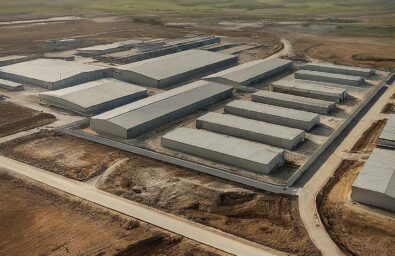Trends Driving CPEC Industrial LandscapeSurface Transport & Logistics



The China-Pakistan Economic Corridor (CPEC) is a landmark infrastructure project that aims to connect China's vast economic hinterland with the Gwadar Port in Pakistan. This ambitious project has the potential to transform the industrial landscape of Pakistan, attracting significant foreign investment and fostering economic growth. Several key trends are driving the development of the CPEC industrial landscape.
Special Economic Zones (SEZs): One of the most significant trends is the focus on developing Special Economic Zones (SEZs) along the CPEC route. These SEZs offer a range of incentives to businesses, including tax breaks, streamlined regulations, and world-class infrastructure. This is expected to attract foreign direct investment (FDI) in sectors such as manufacturing, logistics, and energy.
Digitalization and Technological Innovation
Another key trend is the increasing focus on digitalization and technological innovation. The CPEC project is expected to facilitate the transfer of technology from China to Pakistan, which can help Pakistani businesses become more efficient and competitive. Additionally, the development of digital infrastructure along the CPEC route will create new opportunities for e-commerce and other digital businesses.
Clean Energy
The growing demand for clean energy is also shaping the CPEC industrial landscape. The project is expected to lead to the development of new power plants that utilize renewable energy sources such as solar and wind power. This will not only help Pakistan meet its growing energy needs but also reduce its reliance on fossil fuels. Furthermore, the CPEC project is expected to promote the development of green technologies, such as electric vehicles and energy-efficient buildings.
Regional Integration
The increasing focus on regional integration is another important trend. The CPEC project is not just about Pakistan; it has the potential to create a new economic corridor that connects China, Central Asia, and the Middle East. This regional integration can lead to increased trade flows, collaboration on infrastructure projects, and knowledge sharing.
These trends are shaping the CPEC industrial landscape into a dynamic and evolving ecosystem. By capitalizing on these opportunities, Pakistan can position itself as a major economic hub in the region.
